Manual for Fuel System: Filter Removal and Installation
Product Overview
This manual provides a comprehensive guide on the removal and installation of fuel filters in the fuel system. Follow these detailed instructions to ensure proper maintenance and optimal performance of your engine.
Key Features
- Thorough Cleaning: Emphasizes the importance of cleaning filter heads, filters, and adjacent engine areas.
- Step-by-Step Instructions: Allows for systematic removal and installation of fuel filters.
- Special Tools: Utilizes a clamp-type filter wrench or specific tools like Case No. A64761.
- Pressure Testing: Guides on how to check the fuel system operating pressure with a PSI gauge.
Benefits
- Efficient Maintenance: Ensures reliable engine performance through proper filter maintenance.
- Enhanced Safety: Properly seals to prevent leaks and potential damage to the fuel system.
- Improved Power Output: Maintains optimal fuel system pressure, enhancing engine power.
Usage Recommendations
- Preparation: Begin by closing the fuel tank shut-off valve and removing the drain plug from the first stage filter.
- Filter Removal: Use the appropriate filter wrench to turn and remove filters counterclockwise. Replace gaskets as needed.
- Filter Installation: Apply a light film of oil or grease to new filters. Install by hand-tightening the filters, ensuring a proper seal without over-tightening.
- Fuel Bowl Care: Loosen the bail locknut, clean, and replace the element in the fuel bowl if necessary.
- System Bleeding: Fill the fuel tank, open the shut-off valve, and use the hand primer pump to eliminate air in the system.
- Pressure Check: If issues persist, use a PSI gauge to verify the fuel system pressure, which should be between 20 to 30 PSI.
Note: Over-tightening may damage gaskets and filters. Ensure all components are securely in place and the primer pump handle is tightened before starting the engine.
Only logged in customers who have purchased this product may leave a review.
Related products
$32.00
$35.00
$34.00
$34.00
$33.00
$34.00

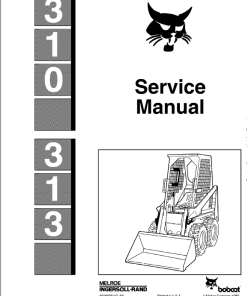 Bobcat 310 and 313 Skidsteer Loader Service Manual
Bobcat 310 and 313 Skidsteer Loader Service Manual 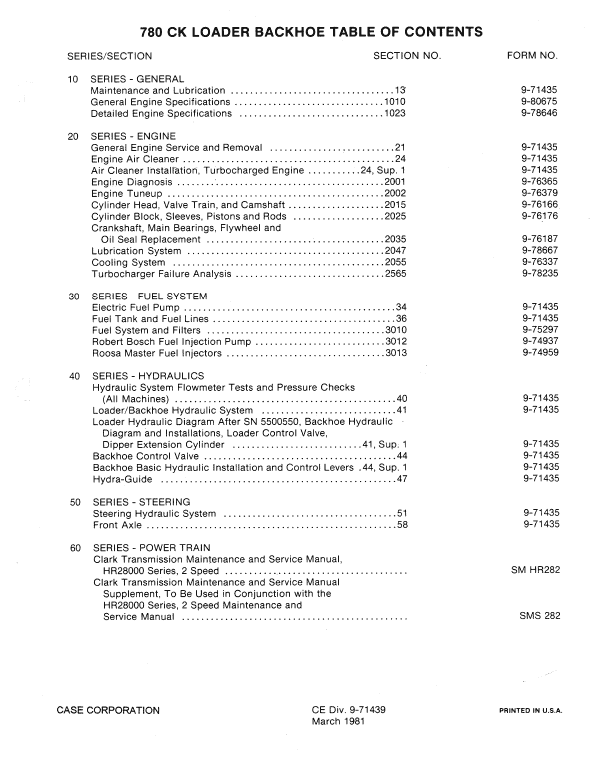
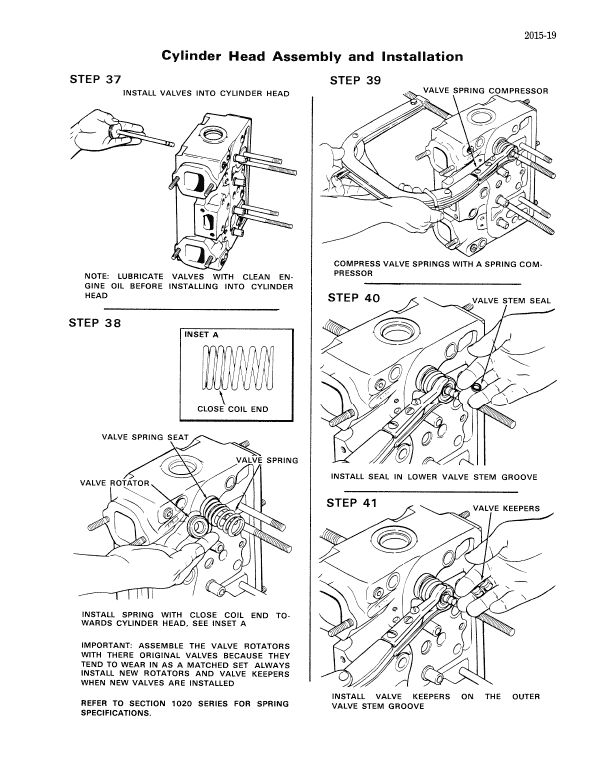
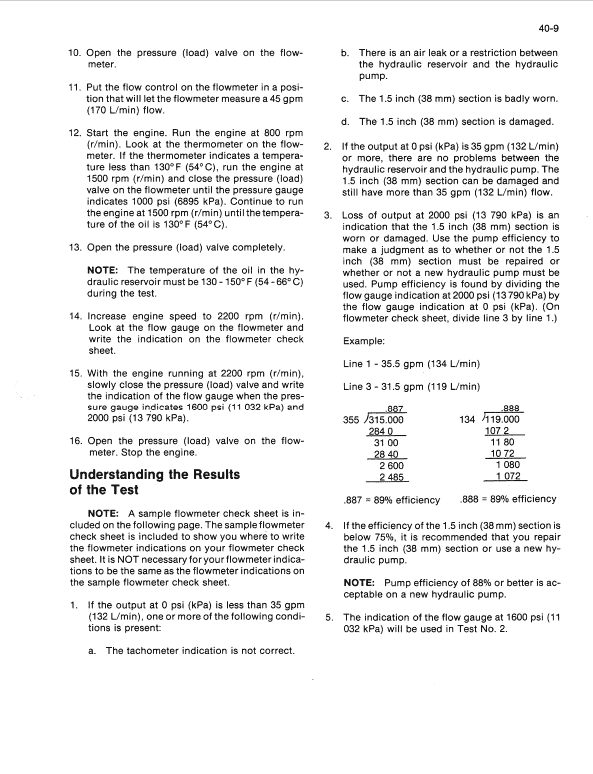
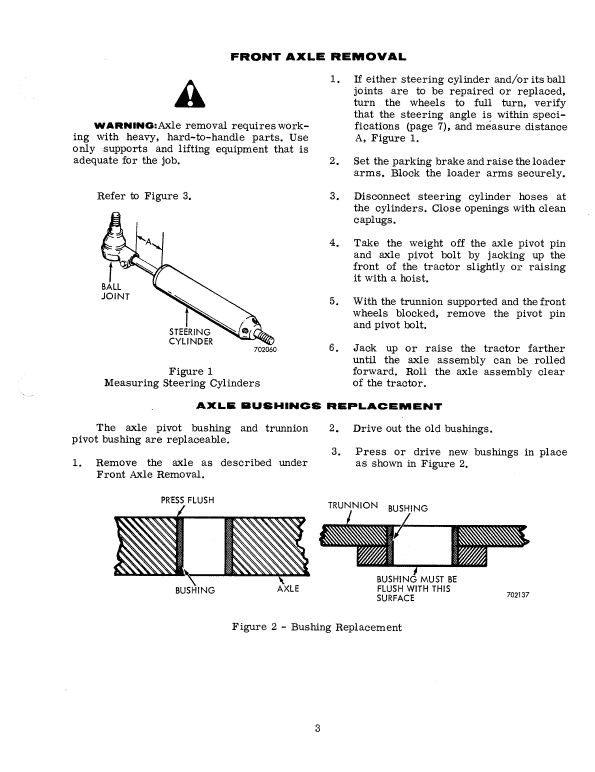
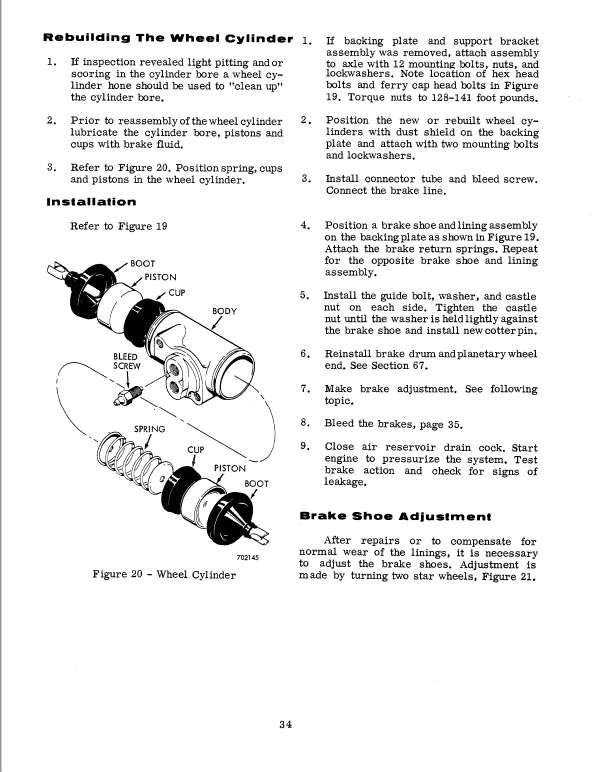

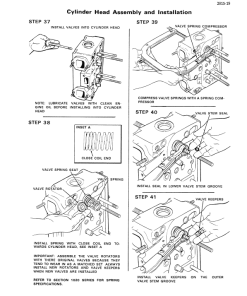
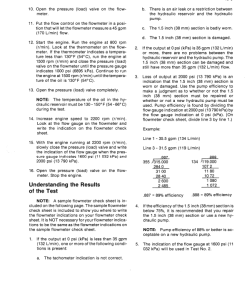
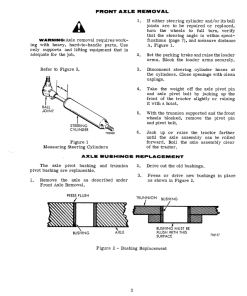
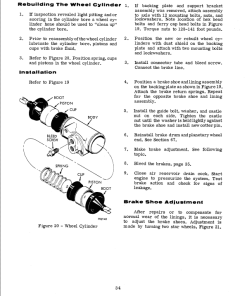
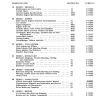
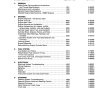

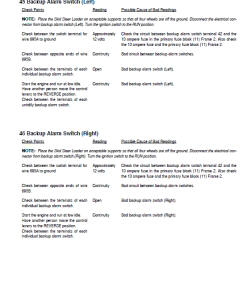
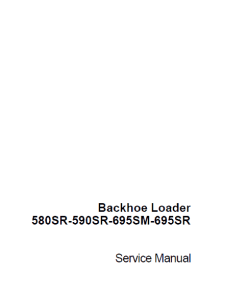
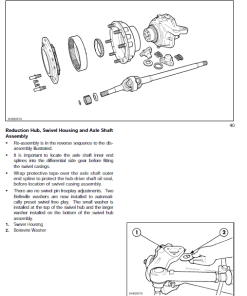
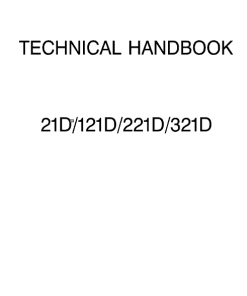
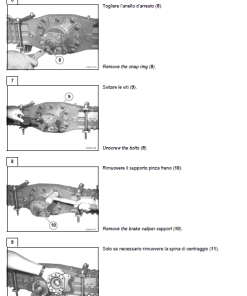
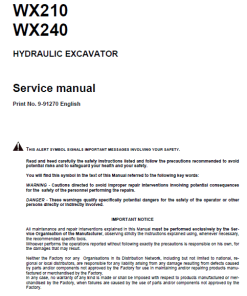
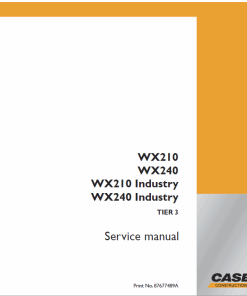
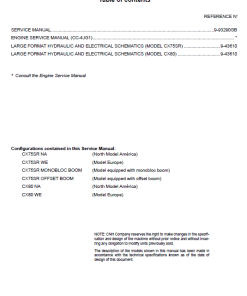
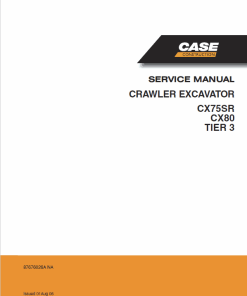
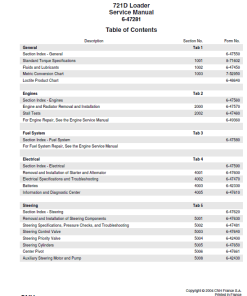
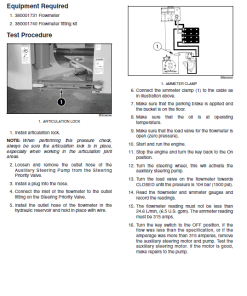
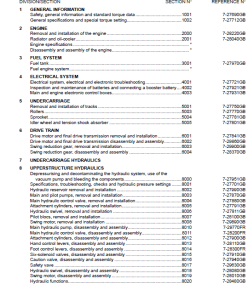
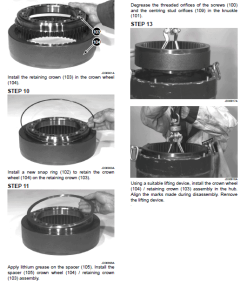
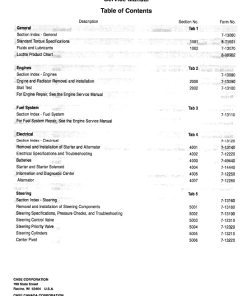
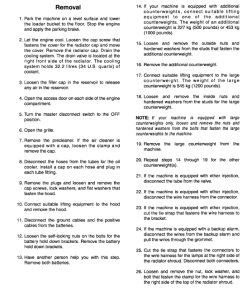
Reviews
There are no reviews yet.